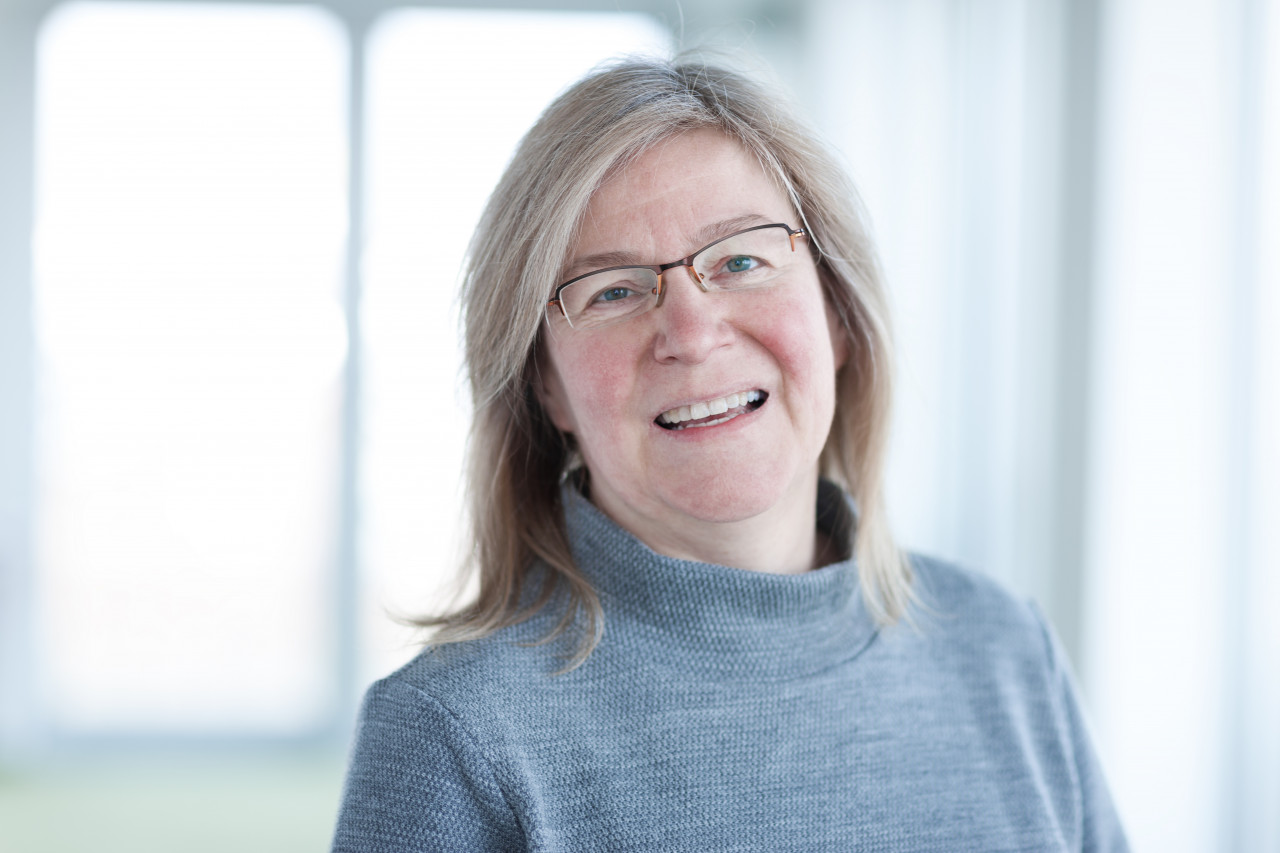Confidence in the blended finance approaches pioneered over the last decade by companies such as Finance in Motion (FIM) is growing. FIM managing director Sylvia Wisniwski shares her experience with us.

CV
- Sylvia Wisniwski is managing director at Frankfurt-based impact asset manager Finance in Motion, having co-founded the company in 2010.
- She started her career at German International Cooperation (GIZ) and has more than 25 years’ experience working in development finance in over 30 countries.
- Wisniwski holds an MA in Political Science and Sociology, an MBA from Tübingen University, and an MA in International Studies from the University of Miami, Florida.
In the early years of this millennium, Sylvia Wisniwski was advising a multi-donor post-conflict funding programme administered by German development bank KfW, promoting the recovery in the Western Balkans region following the wars driven by the collapse of former Yugoslavia. The money was disbursed using classic financial cooperation instruments, mainly credit lines.
Unusually for such programmes, when this one came to an end, there was still €150mn of approved funding in the kitty. Rather than distributing the money to support the fiscal budgets of the region’s still nascent countries, several of which had yet to develop fully transparent financial systems, the team chose a different option.
The €150mn was placed in a sustainable financing mechanism, which could be used to leverage private capital, multiplying the impact of that money.
“We developed these first blended finance structures using this €150mn as first-loss capital in a tranched investment fund structure, with different capital layers of different risk-return. In that way, we leveraged private capital on top.”
The move was a success, prompting Wisniwski and her colleagues to move away from the restrictions and bureaucracy of the public sector to create their own company, Finance in Motion, building on the same principles to build a bridge between public and private capital.

Leveraging public money
Finance in Motion (FIM), based in Frankfurt, deploys public money to leverage private funding flows into high impact investment portfolios. This is known as blended finance, which is described as ‘a structuring approach’ by Convergence, the global network for blended finance.
Blended finance is meant to address the main investment barriers for private investors. They are on the one hand the high perceived and real risk and on the other hand the poor returns for the risk, relative to comparable investments.
Between its creation in 2010 and end-2020, the company amassed a cumulative portfolio of €5.4bn and 230 investee companies. Around 40% of its funding commitments are from international finance institutions, 37% from public investors and 23% from private investors. Its portfolio covers south-east Europe (41%), Eastern Europe and the Caucasus (21%), and the Middle East and Africa (21%).
“We operate in a private sector mode in terms of agility and efficiency, and we are subject to compliance and regulatory scrutiny mechanisms. But on the other side, we understand the public sector, we understand the impact agenda.”
The company works with a number of public and private financial institutions, and is advisor to funds including the Green for Growth Fund (GGF), eco.business Fund and the Arbaro Fund, which invests in sustainable forestry.
Mobilising investment in high-risk regions
Wisniwski has no doubt that blended finance has had a tangible effect on development goals by enabling investment in projects that would find it impossible to receive funding otherwise.
FIM has supported renewable energy projects in several countries where wind or solar parks were being built for the first time. These are often markets where the legal and institutional frameworks are weak and operational conditions are tricky, giving pause to any financier considering a direct investment.
But as part of a balanced pool of blended finance assets, they can receive the funding they need. One example is the 250-megawatt Syvash onshore wind farm in southern Ukraine, now under construction. It will be the largest wind farm in a country dependent on fossil fuel imports for much of its power. FIM advised GGF on its €25mn investment in the project.
The project is located just a few kilometres from the Crimea region, which didn’t present much risk when construction started, but certainly did when Russia annexed Crimea from Ukraine in 2014.
“When Russia occupied Crimea, we had to rethink how to get the workers and materials there, because the motorways were cut off. We also needed to completely rethink the grid connection because of this new political situation,” says Wisniwski.
The conditions of an IMF support package for Ukraine further complicated the project, as they required grid feed-in tariffs for the project to be lowered, which in turn required the entire economic structure of the transaction to be changed significantly.
“If this had not been part of a blended portfolio structure, private investors would never have considered it,” says Wisniwski. “But we were able to keep it on track and make it a successful project.”
Aquaculture in Ecuador
Another illustration of blended finance at work is an investment by the eco.business Fund in an aquaculture producer in Ecuador, which FIM prepared in 2020.
Ecuador’s low country rating and high political risk makes direct private investment from outside the country extremely difficult, whatever the economic benefits and returns that might accrue.
“We are financing an aquaculture producer that would otherwise not receive any international funding whatsoever, simply because the country is not eligible for many international investors. The company has nothing to do with the government and it’s exporting its produce.”
FIM is also setting up a fund to invest in and stimulate Latin America’s nascent green bonds market, which is mainly driven by government issuances at present. FIM is seeking to encourage issuances for smaller companies that may not have considered this type of instrument.
Getting the balance right
Just what the proportion of private capital in an impact fund should be to make it an acceptable blended finance structure varies between asset classes. Wisniwski says her ideal scenario for private equity funds would be to have a minimum of 50% private participation, but that this is not always practical.
“For example, we run a forestry fund in emerging markets, which is an untested asset class. So, to get to 50% private sector participation quickly would be very hard,” she says.
“Unless they know the investment managers very well, private investors want to see some sort of a track record, they want to see that the fund is profitable, and they don’t want to invest into blind pools.”
Building a track record
The good news for the blended finance sector is that confidence in the approaches pioneered over the last decade or so by companies such as Finance in Motion is growing.
Wisniwski notes that German development agency KfW alone now has some 60 funds modelled on the European Fund for Southeast Europe (EFSE), an impact fund designed by Finance in Motion managers and a group of other consultants. EFSE fosters economic development and prosperity in Southeast Europe and the EU Eastern Neighbourhood Region.
Between them, these 60 funds have portfolios valued at €10bn, with €2.5bn of first lost capital being provided by the German government and the EU.
Switching roles
Wisniwski also welcomes another shift in the way the sector operates.
“In the past, KfW, BMZ (Germany’s ministry for economic cooperation and development) or the EU were developing their own ideas to drive these funds. They would say: ‘I want to do something in region X on topic Y,’ and then look for an asset manager who could help them do it.”
“Now there is a new strategy, which I’m very happy about. They are saying: ‘you asset managers, you know the markets, where the impact agenda is, what needs to get done? Bring us your proposals, and we’ll consider funding those’.”
“We’re starting to switch roles in terms of who’s driving the industry, which is an extremely interesting next step.”






